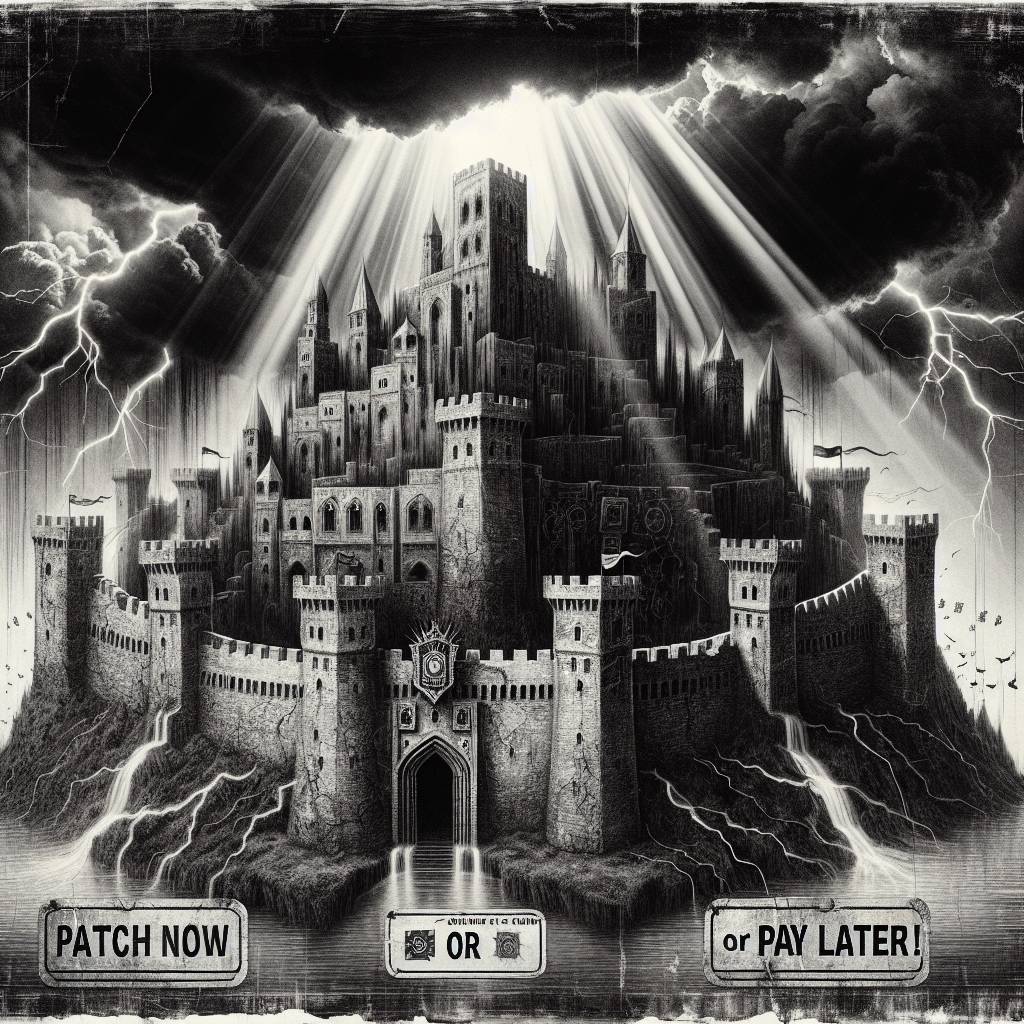Cisco’s Vulnerability Woes: Patch Now or Pay Later!
Cisco has rolled out patches for critical vulnerabilities in its Identity Services Engine (ISE) platform. These flaws could let remote attackers with read-only admin rights execute commands as root. Admins should upgrade their Cisco ISE appliances pronto. Because, let’s face it, nothing says “fun” like a surprise root access party!

Hot Take:
Oh Cisco, another day, another patch! Just when you thought you had all your appliances in a row, those pesky cyber bugs come marching in! Keep those engineers caffeinated, because if there’s one thing we know for sure, it’s that cybersecurity is the gift that keeps on giving… vulnerabilities, that is.
Key Points:
- Cisco has released fixes for two critical vulnerabilities in its Identity Services Engine (ISE).
- The vulnerabilities (CVE-2025-20124 and CVE-2025-20125) can allow remote attackers to execute commands and bypass authorization.
- These flaws affect both Cisco ISE and ISE Passive Identity Connector appliances, regardless of configuration.
- Admins are urged to migrate or upgrade to a fixed release to avoid potential exploitation.
- No evidence of active exploits for these vulnerabilities has been found, but caution is advised.
Patch Your Engines!
In the grand tradition of keeping IT admins up at night, Cisco has issued critical patches for its Identity Services Engine (ISE) appliances. Like a villain in a poorly written movie, the vulnerabilities (CVE-2025-20124 and CVE-2025-20125) are out there, waiting to be exploited by authenticated remote attackers. These baddies can execute arbitrary commands as root and bypass authorization, which is basically the cyber equivalent of giving a master key to a toddler hopped up on sugary cereal.
Deserialization Drama
First up, CVE-2025-20124, with its spicy 9.9/10 severity rating, is a lesson in what happens when Java byte streams are improperly deserialized. Imagine sending a malicious serialized Java object to an API and, voila, you’ve got the keys to the castle! It’s a vulnerability that screams, “I’m here for a good time, not a long time!” And Cisco is definitely not here for any of that nonsense, urging users to lock things down with a fixed release.
HTTP Shenanigans
Next on the list, CVE-2025-20125, which sounds like a bad day at the office involving improper validation of user data and a specific API. This flaw lets attackers mess with system configurations and practically invites them to a device-reloading party. The only thing missing is the piñata. Admins are advised to upgrade faster than a caffeine-fueled sprint to the coffee machine on a Monday morning.
Cisco’s Security Soap Opera
Cisco’s Product Security Incident Response Team (PSIRT) has not detected any exploit code running wild in the digital wilderness, much to the relief of network admins everywhere. But given the history of vulnerabilities, it’s better to be safe than sorry. The company is also dealing with high-severity vulnerabilities in other software like IOS and NX-OS, which could lead to denial of service (DoS) conditions or even bypass image signature verification. It’s a bit like finding out that your favorite soap opera has a new plot twist every week.
Surprise, More Patches!
This isn’t Cisco’s first rodeo. They’ve been busy patching away, fixing another ISE vulnerability in September, and tackling a maximum severity vulnerability in November. With plans to address DoS issues in February and March, one wonders if Cisco’s engineers are getting frequent flyer miles for all the patching they’re doing. But for now, admins are advised to keep their systems updated, because in the world of cybersecurity, you never know when the next plot twist is just around the corner.
